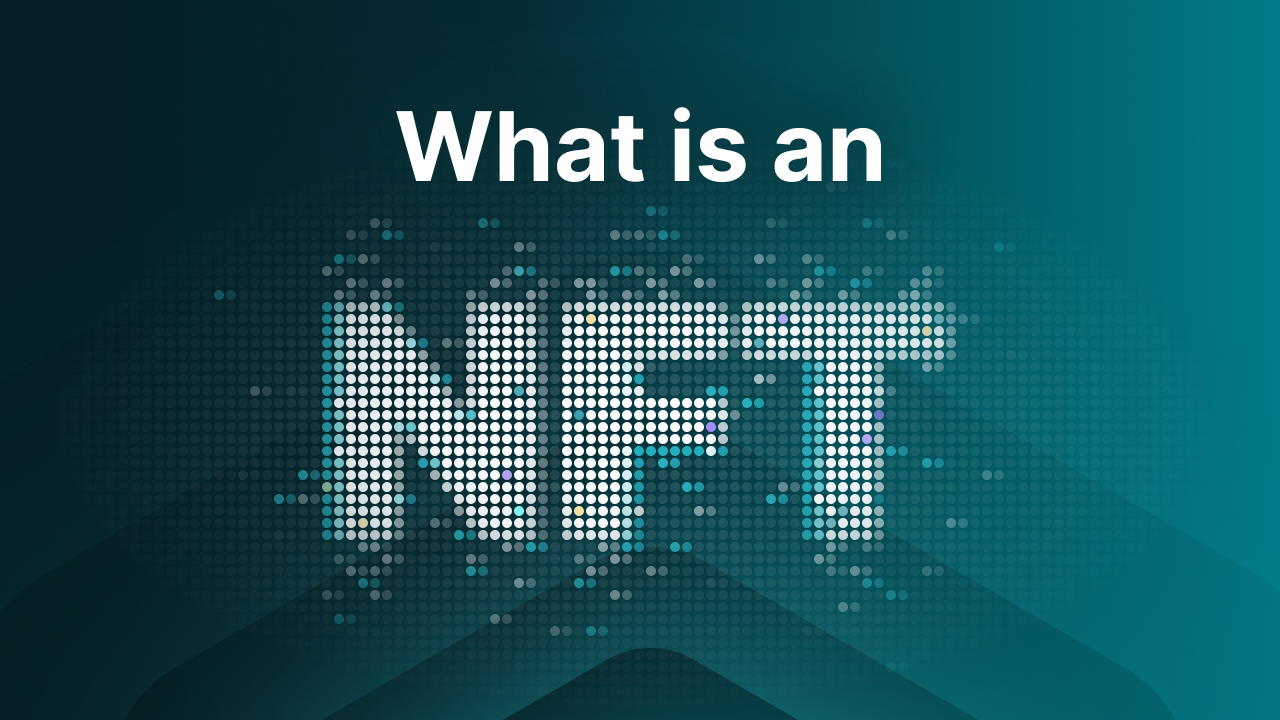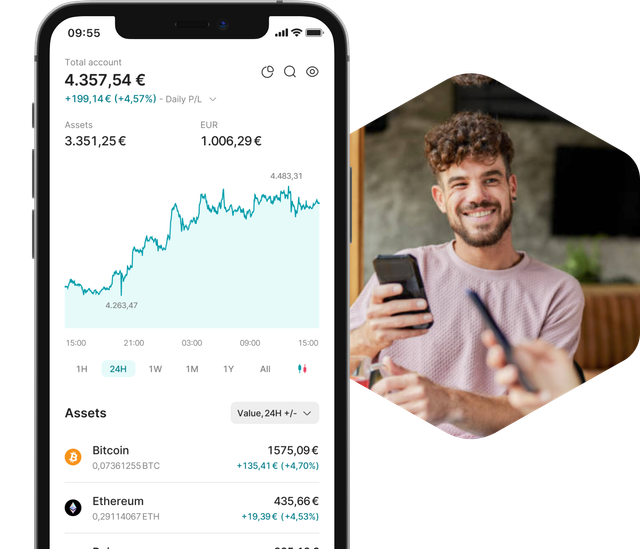What is an NFT?

From art to music and even real estate, NFTs have found their way into various industries, promising to revolutionize the way we think about ownership and value in the digital age. But what exactly is an NFT?
In this article, we will dive into the world of NFTs, explain how they work, and explore their potential impact on everyday life.
What is an NFT?
NFT stands for Non-Fungible Token. At its core, it’s a type of digital asset that represents ownership or proof of authenticity for a unique item or piece of content, stored on a blockchain. Unlike traditional cryptocurrencies like Bitcoin (BTC) or Ethereum (ETH), which are fungible (meaning one coin is identical to another), each NFT is unique and cannot be replaced with something else. This uniqueness gives NFTs their value and makes them particularly useful for digital art, collectibles, and other forms of creative content.
Fungibility Explained
To better understand NFTs, let’s first talk about the concept of fungibility. If something is fungible, it means that it can be exchanged on a one-to-one basis because every unit is the same. A 10-euro note, for example, is fungible. You can exchange it for another 10-euro note, and both will hold the exact same value.
Now, think about a painting by Van Gogh. That painting is non-fungible. It is one-of-a-kind, and no other painting—no matter how similar—can replace it. NFTs operate in the same way but for digital assets.
How do NFTs Work?
NFTs are built on blockchain technology, which is a decentralized digital ledger. The most common blockchain for NFTs is Ethereum, though other blockchains like Solana (SOL) and Flow (FLOW) are also gaining traction. Each NFT has a unique identifier that is recorded on the blockchain, ensuring that it can be traced back to its original creator and owner. This makes it virtually impossible to forge or duplicate, a crucial feature in a world where digital content is often easily copied.
When someone buys an NFT, they are essentially purchasing a digital certificate of ownership. The digital asset itself, whether it’s a piece of art, a video, or even a tweet, can still be viewed or shared online, but the NFT holder owns the original, verifiable version.
Examples of NFTs
While NFTs are commonly associated with digital art, they can represent almost any kind of digital asset, including:
-
Art: Digital artists can create unique works and sell them as NFTs, ensuring they receive credit and compensation.
-
Music: Musicians can release tracks or albums as NFTs, offering fans exclusive access or ownership rights.
-
Videos: From short clips to full-length films, video content can be tokenized as NFTs.
-
Collectibles: Think of digital trading cards, rare virtual items in video games, or even virtual real estate in metaverse platforms.
-
Real-World Items: Some NFTs are linked to physical items, such as luxury goods, which can be traced and authenticated using blockchain.
Benefits of NFTs
One of the key advantages of NFTs lies in their ability to improve market efficiency. By tokenizing physical assets, NFTs can simplify the process of buying and selling by cutting out intermediaries. For instance, NFTs tied to digital or physical art stored on a blockchain allow creators to directly engage with potential buyers, bypassing the need for agents (provided the artists understand how to securely manage their NFTs).
Streamlining Investment
NFTs also offer new possibilities for investment. For example, real estate can be tokenized through NFTs. Imagine dividing a property into several unique sections, each with different features—such as one part near a lake and another close to a forest. Each of these sections could be uniquely represented by an NFT, which would reflect its specific characteristics and value. The usually complicated process of real estate transactions could then be simplified by linking relevant property data to a unique NFT for each part of the property.
In the business world, NFTs can serve as a form of ownership, similar to stocks. NFTs, stored on a blockchain, offer a secure and decentralized ledger. This system allows NFTs to represent shares, and with the help of smart contracts, ownership transfers can be automated. For example, once an NFT share is sold, the blockchain can handle the rest of the transaction seamlessly.
Enhanced Security
NFTs are also highly valuable in enhancing identity security. When personal information is stored on a blockchain, it becomes immutable, meaning it cannot be altered, stolen, or accessed without the proper cryptographic keys.
Additionally, NFTs can democratize investment by enabling fractional ownership of assets. Tokenization allows a physical asset, like a painting, to be divided into smaller ownership units, giving multiple people the chance to own a portion of it. This concept can be applied to a wide range of assets, opening up new opportunities for shared ownership.
Challenges and Concerns with NFTs
Despite their advantages, NFTs present some challenges for creators, buyers, and investors alike. One of the main concerns involves the ease of copying digital content. The token itself represents ownership through cryptographic metadata, but the associated digital asset—such as an image, video, or piece of music—can still be easily copied and distributed. A simple right-click and save can reproduce the image, and although ownership remains with the NFT holder, identifying and taking legal action against those who pirate the asset can be difficult.
Another issue is the liquidity of NFTs. They often attract a niche group of collectors or enthusiasts, and their value is tied to specific market demand. If you no longer wish to own a particular NFT, finding a buyer may prove challenging, especially if that type of NFT is no longer in vogue.
While NFTs offer innovative solutions for market efficiency, investment, security, and ownership, they also come with risks and limitations that potential buyers and creators should carefully consider before diving into this evolving space.
The Future of NFTs in Europe
Looking ahead, the future of NFTs in Europe appears promising. With advancements in blockchain technology and the ongoing shift towards a digital economy, NFTs have the potential to transform various industries, from art and music to gaming and real estate. As more European creators and businesses explore the possibilities of NFTs, the region could become a leading player in this exciting new frontier.
Final Thoughts
NFTs represent a new era of digital ownership and innovation. Whether you’re an artist looking to sell your work, a gamer hoping to trade in-game items, or simply someone interested in the latest technological trends, NFTs offer exciting possibilities.
Whether or not NFTs are here to stay, one thing is clear: they are already changing the way we think about value, ownership, and creativity in the digital world.
